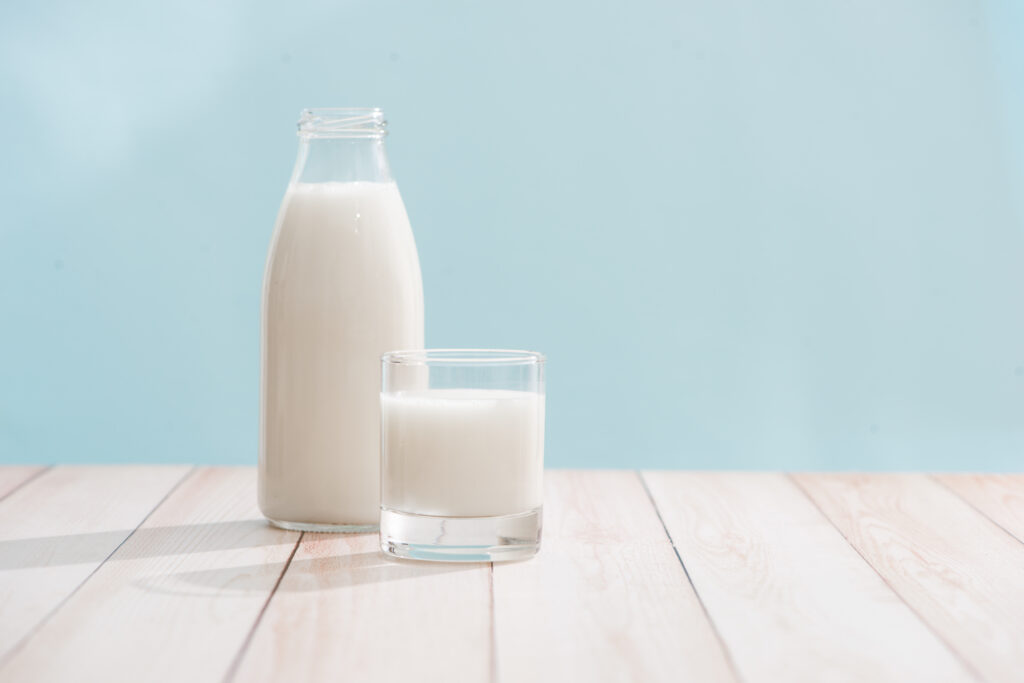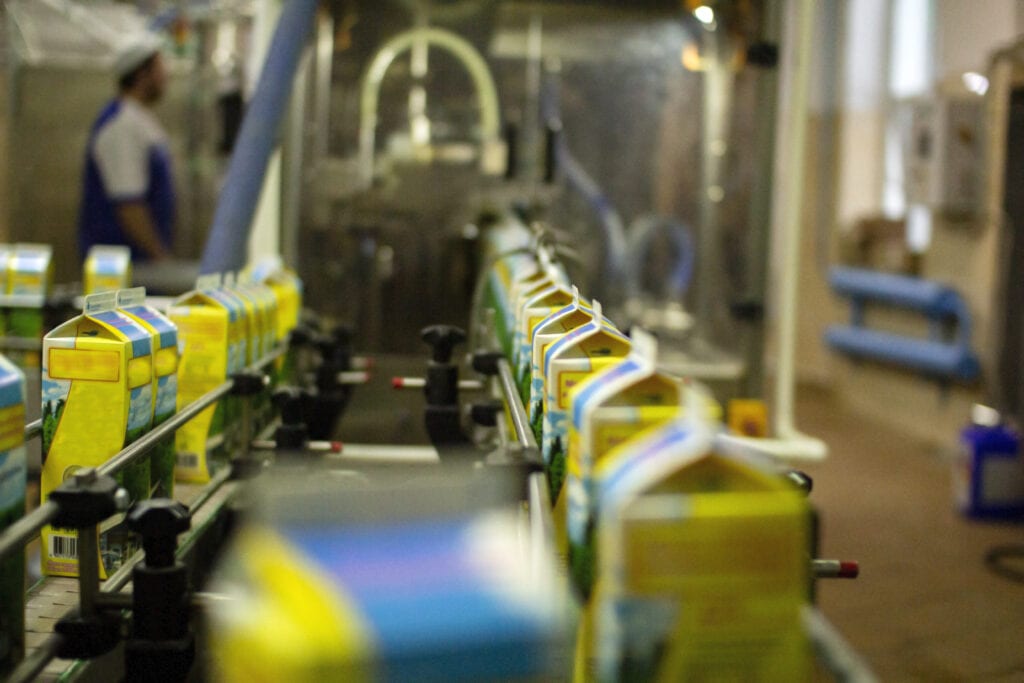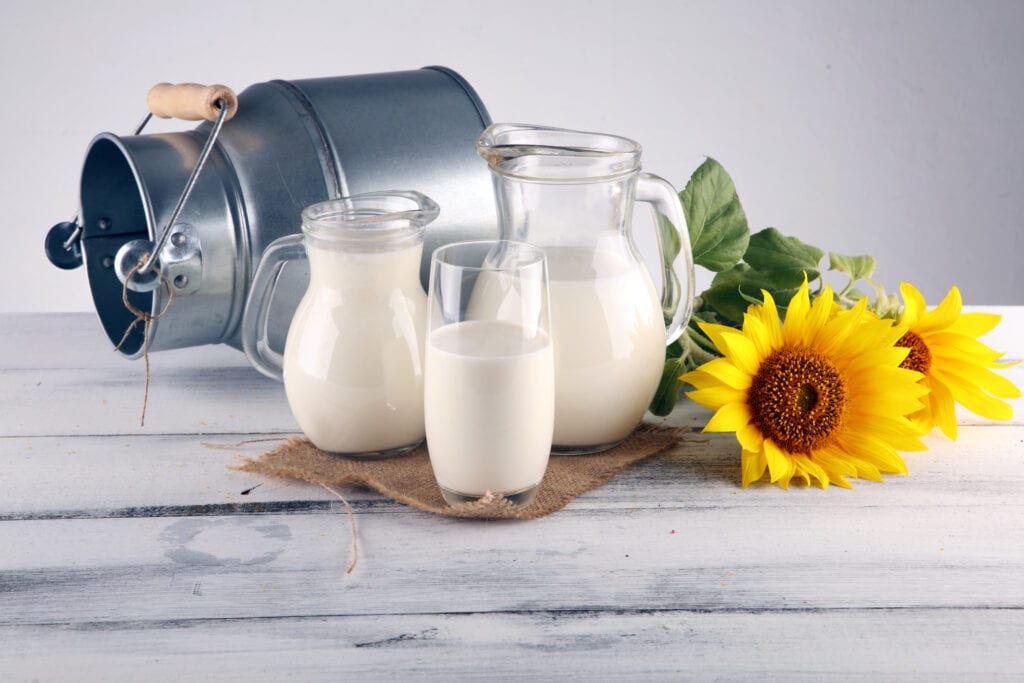
Packed Milk VS Fresh Milk – Which One is Better?
Packed or fresh milk, perhaps, this is the most common debate in many households. Which one is better? Which one is more nutritious? Amidst this debate, the presence of a diversity of options further complicates the matter and makes us more confused.
So, should you trust packed milk or fresh milk? What one is better when evaluating packed milk VS fresh milk? Well, the answer to this can be both. You can trust both of them only if you are sure about the processing methods, source of milk, and hygiene maintenance.
Indeed, there is more to the topic than stated above. So, without further delay, let’s dive deeper into today’s topic!
What is Packed Milk?
Packed milk, packaged milk, or packet milk refers to the processed milk available in cartons, bottles, and containers. It is easily accessible in convenience stores, marts, and grocery shops.
These are shelf-stable, which means that they have a longer lifespan than fresh milk. Approximately, packed milk can stay usable for up to six months. Thus, you would have seen the packets kept in the store shelves without refrigeration.
Nowadays, packed milk is a popular option among dairy consumers. So, there are a lot of brands available to select. Apart from the brand name and pricing, packet milk can differ from the rest of the options, in terms of processing method and packaging type.
- Processing Methods
Indeed, when a packaged milk is capable of sitting on the store shelves without becoming spoiled, then it has experienced some processing. Different processing methods do not only alter the lifespan of the milk but other health-related factors too.
- Pasteurization
First discovered by Louis Pasteur, the process of pasteurization involves heating the milk for a short time and then, immediately, cooling it. Heating the milk at 72-degree Celsius for 15-seconds gets considered a standard.
However, dairy companies may alter it. Pasteurizing milk kills all the bacteria and makes it safe for consumption until three weeks or more.
- Microfiltration
The process of micro-filtration involves passing the milk through fine filters that trap 99% of micro-organisms. It retains the original milk flavor and nutrition while providing a longer shelf life. However, unlike pasteurization, it does not kill 99.99% micro-organisms.
- UHT
The Ultra Heat Treatment completely kills the bacteria and micro-organisms in the milk. It involves homogenizing the milk first, then heating it on high temperatures (138-degree Celsius) for 1-3 seconds.
Next, the milk gets cooled and store in sterile containers immediately. However, during the process, some nutrients get reduced, and the taste gets changed slightly.
- Homogenization
It is a process that mixes two non-soluble liquids. It distributes the fat particles or globules uniformly throughout the milk so that it is creamier and richer.
- Fortification
The process involves the adding of nutrients and vitamins in the milk. It is an additional supplement to make up for the lost nutrition.

- Packaging Types
Apart from processing, packet milk is available in different types of packaging. It affects milk nutrition, usability, eco-friendliness, and storage. So, choose the type of milk packaging vigilantly.
- Glass Bottles
You can find glass bottles of milk easily on any grocery store. Despite being reusable, these bottles are fragile, costly, and heavyweight. Also, exposure of milk in glass bottles to fluorescent lights for 4-hours can reduce nutritional content and change the flavor.
- Tetra-Pak
The Tetra-Pak milk is the one available in waxed paperboard cartons. It has several layers, including paper and aluminum. Tetra-Pak provides excellent shelf-life and protects milk nutrition. It is lightweight, recyclable, easy to use, and store.
- HDPC
HDPC, or High-Density Polythene Bottles, get used by some high-end milk brands. It provides three-layer protection against the UV rays. It is a light, durable, and low-cost option. However, it is not eco-friendly. Also, it preserves the original taste, smell, and nutrition of milk.
What is Fresh Milk?
Fresh milk is the raw, organic milk provided by the local milkman, dairy farms, and milk shops. The fresh milk does not undergo any processing method, even pasteurization. Thus, it has a shorter lifespan of a few hours or days upon refrigeration. Mostly, it is available in glass bottles, traditional steel containers, and plastic bags.
Packed Milk VS Fresh Milk- The Differences
Now, we have evaluated the basics of packed milk as well as fresh milk. It is time to lay down some primary differences between both the milk types.
Packed milk is creamier and thicker. As mentioned earlier, fresh milk does not go through a lot of processing and heating. Hence, it is thinner and less creamy.
Fresh milk has a short lifespan. Unlike packet milk, fresh milk contains bacteria and microbes. Thus, it gets spoiled quickly, even when refrigerated.
You can use fresh milk in on-go only. As it gets spoiled quickly, the fresh milk is ideal for on-go cooking and consumption. However, you can use one milk packet with intervals.
Packed milk is ideal for baking. You have to bring fresh milk to room temperature before doing technical tasks, such as baking. It can be time-consuming and inconvenient.

So, which one is better?
Yes, I know, the entire topic about milk has become quite complicated overtime. You have to choose between fresh milk and processed milk, types of milk, and the brands. There is a lot to decide to ensure a healthy lifestyle and eating habits.
Well, we have discussed the topic of packed milk VS fresh milk in detail. But, what is the answer to the initial question, which one is better?
On a general note, the fresh milk is less healthy than packaged as it does not undergo any processing. Hence, it contains bacteria and micro-organisms that can harm our health.
However, the case might be different, if the fresh milk has undergone some type of processing, even fundamental pasteurization. It would eliminate the risk of pathogens and make it equivalent to packet milk. But, you can still not call both healthy.
You need to consider the packaging and other differences stated above. If the milk type fulfills your criteria, then it is a better option. So, choose wisely!
Leave your comment
You must be logged in to post a comment.